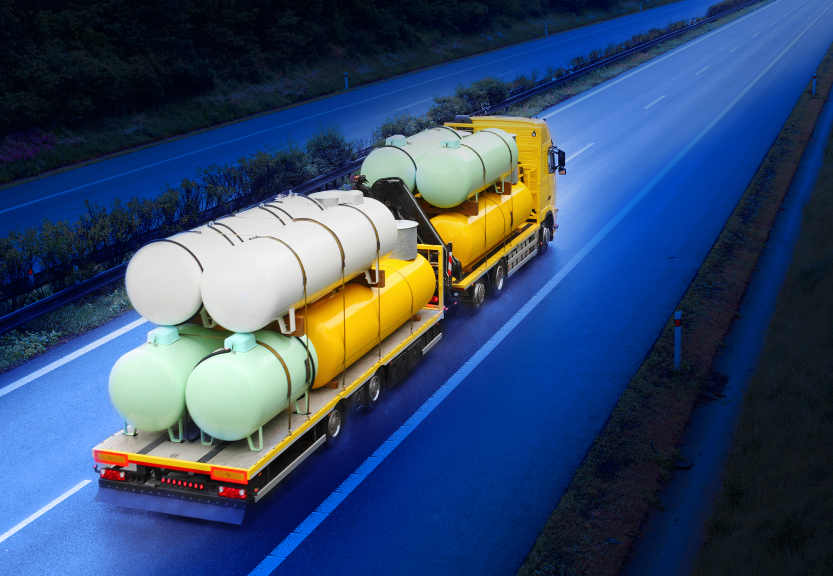 |
SQGs are those that generate more than 100 kilograms (kg) but less than 1,000 kg of hazardous waste, including no more than 1 kg of acutely hazardous waste a month.
Note:
- 1 kg = 2.2 pounds (lb)
- 100 kg = 220 lb
- 1,000 kg = 2,200 lb
While SQGs accumulating hazardous waste in tanks are not required to comply with the secondary containment standards applicable to LQGs, they must comply with tank requirements applicable exclusively to them found at 40 CFR 265.201. SQGs that choose to have secondary containment for their tanks may be eligible for reduced inspection requirements.
Note: The accumulation time rules for SQGs are that they can accumulate hazardous waste in tanks for up to 180 days (or 270 days if the generator must ship the waste greater than 200 miles) and do not accumulate over 6,000 kg on-site at any time.
Join us for the Hazardous Waste Generator Status webinar on July 9 to learn whether the new EPA requirements for the recycling of secondary hazardous materials apply to you. Learn more.
6 Tips for SQGs for Inspecting Hazardous Waste Tanks
Tip 1: Inspect discharge control equipment (e.g., waste feed cutoff systems, bypass systems, and drainage systems) at least once each operating day to ensure that the equipment is in good working order.
Note: The EPA interprets the language “each operating day” as “every day the tank is in operation” (i.e., storing or treating hazardous waste) and not just on days the facility is open for business.
Tip 2: Check data gathered from monitoring equipment (e.g., pressure and temperature gauges) at least once each operating day to make sure that the tank is being operated according to its design.
Tip 3: Check the level of waste in the tank at least once each operating day. Uncovered tanks must have at least 2 feet (ft) of freeboard (i.e., space between the waste and the top of the tank), unless the tank is equipped with a containment structure (e.g., dike or trench), a drainage control system, or a diversion structure (e.g., standby tank) with a capacity that equals or exceeds the volume of the top 2 ft of the tank.
Hazardous Waste Generator Status: What You Need to Know to Ensure Ongoing Compliance with the RCRA Regulations
Learn how to tell if you generate a solid or hazardous waste, how to determine the volume generated, what exceptions might apply, and with what rules you must comply. Register now!
Tip 4: Inspect the construction materials of the tank at least weekly to detect corrosion or leaking of fixtures or seams.
Tip 5: Check the construction materials of, and the area immediately surrounding, discharge confinement structures (e.g., dikes) at least weekly to detect erosion or obvious signs of leakage. Signs of leakage would be wet spots or dead vegetation.
Tip 6: SQGs that have full secondary containment and that either use leak detection equipment to alert facility personnel to leaks or implement established workplace practices to make sure that leaks are promptly identified do not need to check or inspect the discharge control, monitoring equipment, or the level of the waste every day. Those inspections can drop down to weekly. However, the alternate inspection schedule must be documented in the facility’s operating record, which must also include a description of the established workplace practices at your facility.
